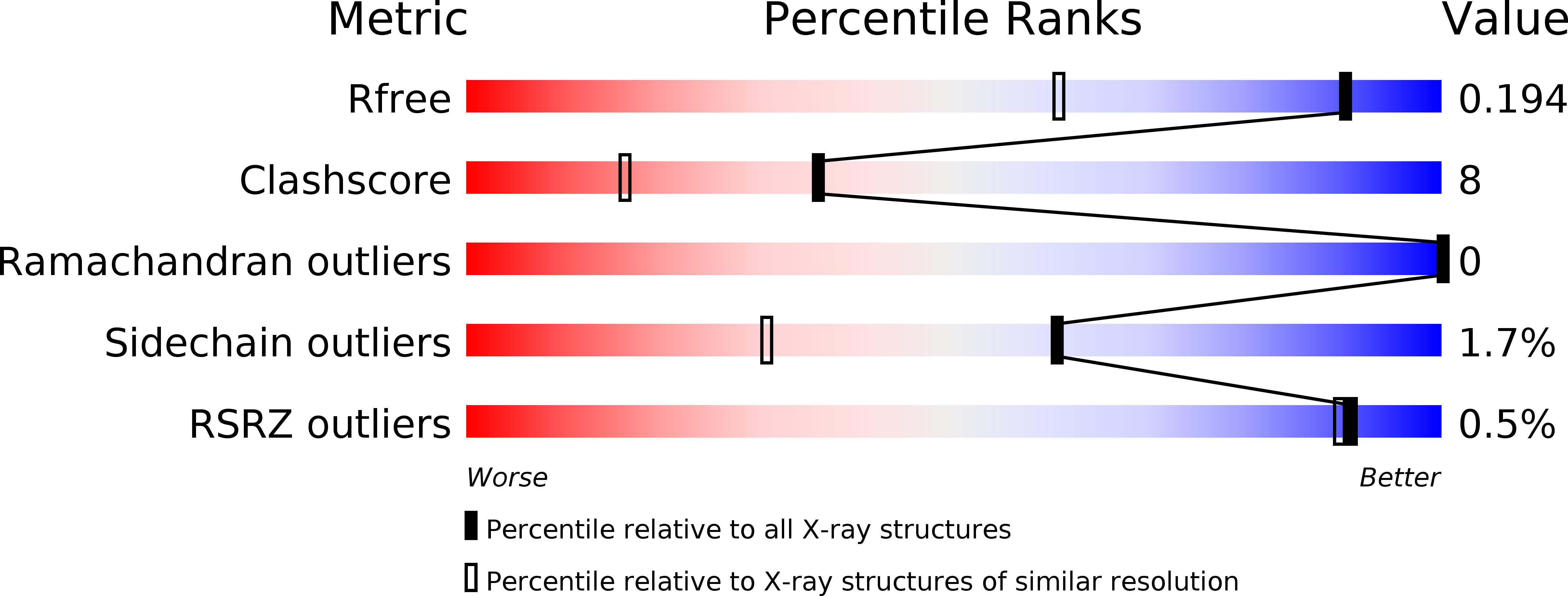
Deposition Date
2013-11-25
Release Date
2014-07-09
Last Version Date
2024-05-08
Entry Detail
PDB ID:
4CGP
Keywords:
Title:
Leishmania major N-myristoyltransferase in complex with cofactor
Biological Source:
Source Organism:
LEISHMANIA MAJOR (Taxon ID: 5664)
Host Organism:
Method Details:
Experimental Method:
Resolution:
1.40 Å
R-Value Free:
0.19
R-Value Work:
0.15
R-Value Observed:
0.16
Space Group:
P 1 21 1


